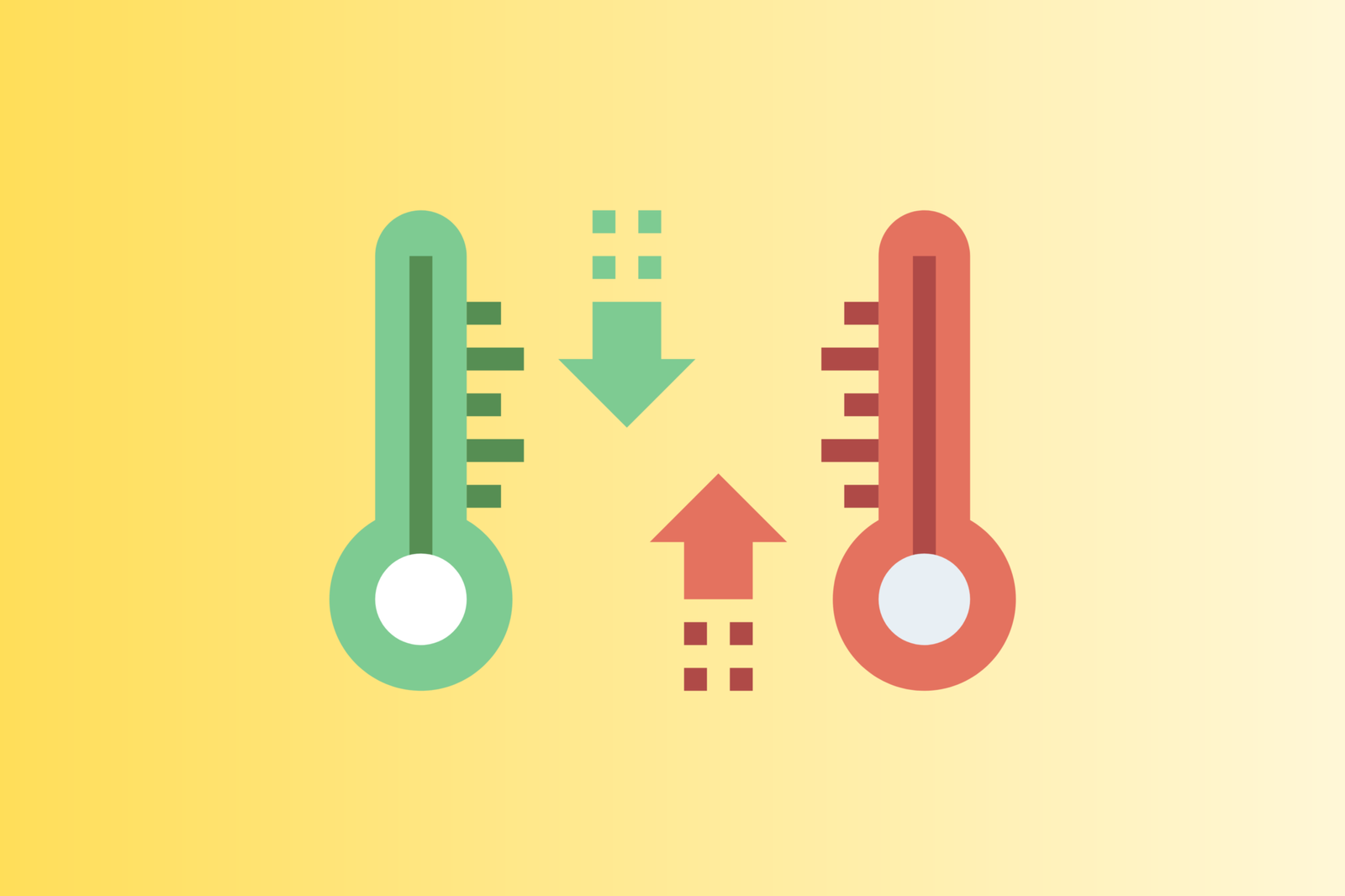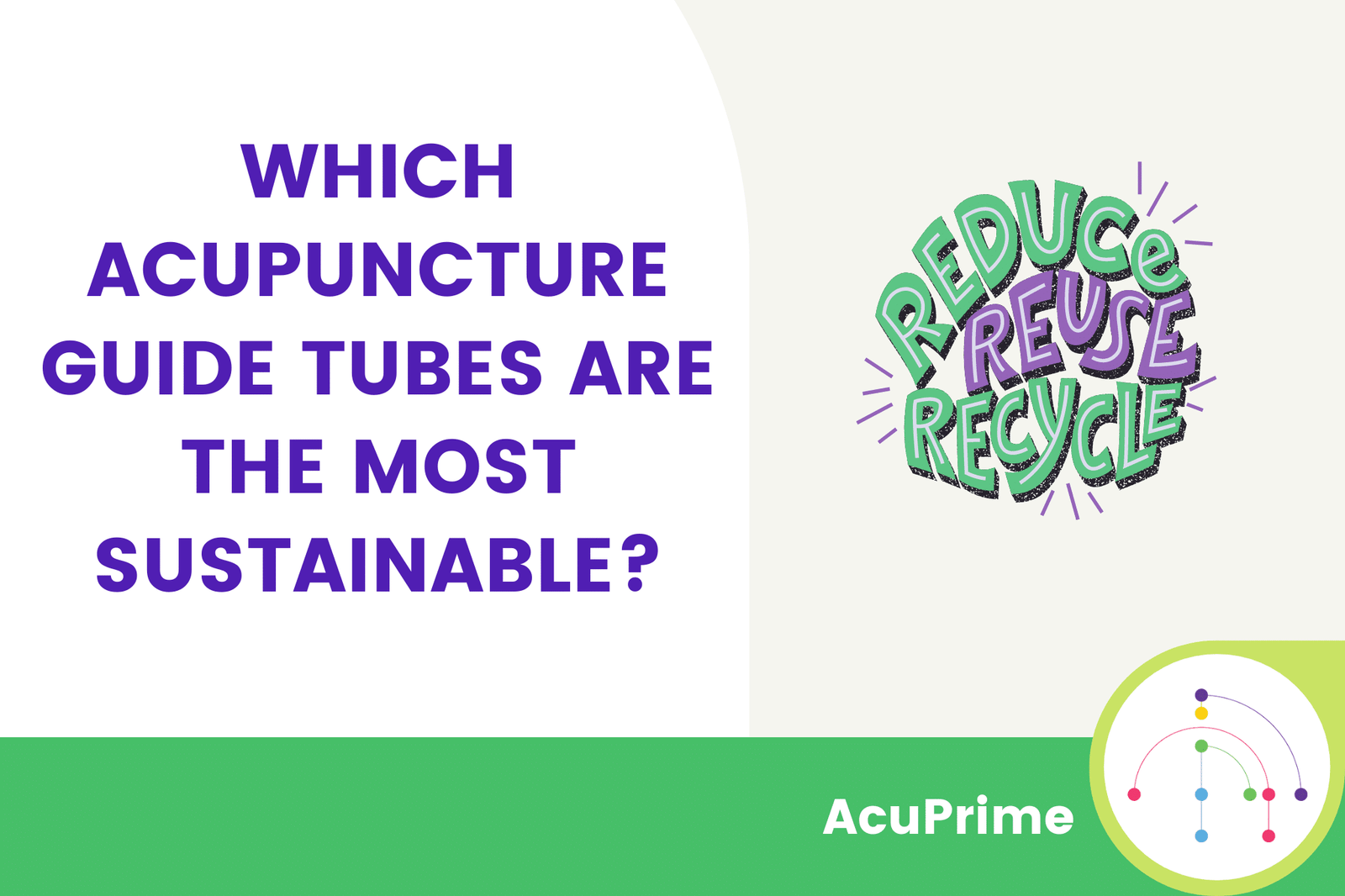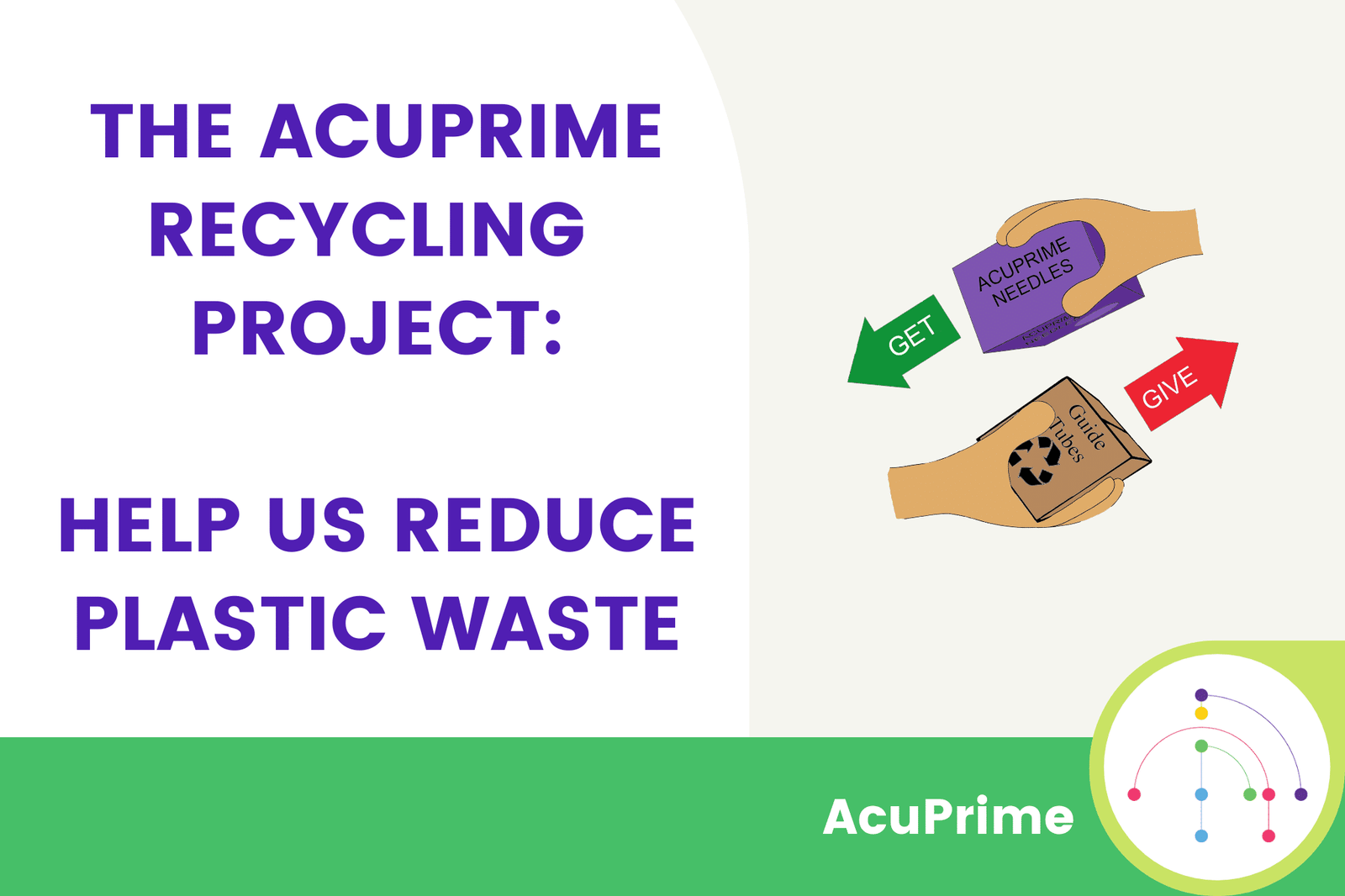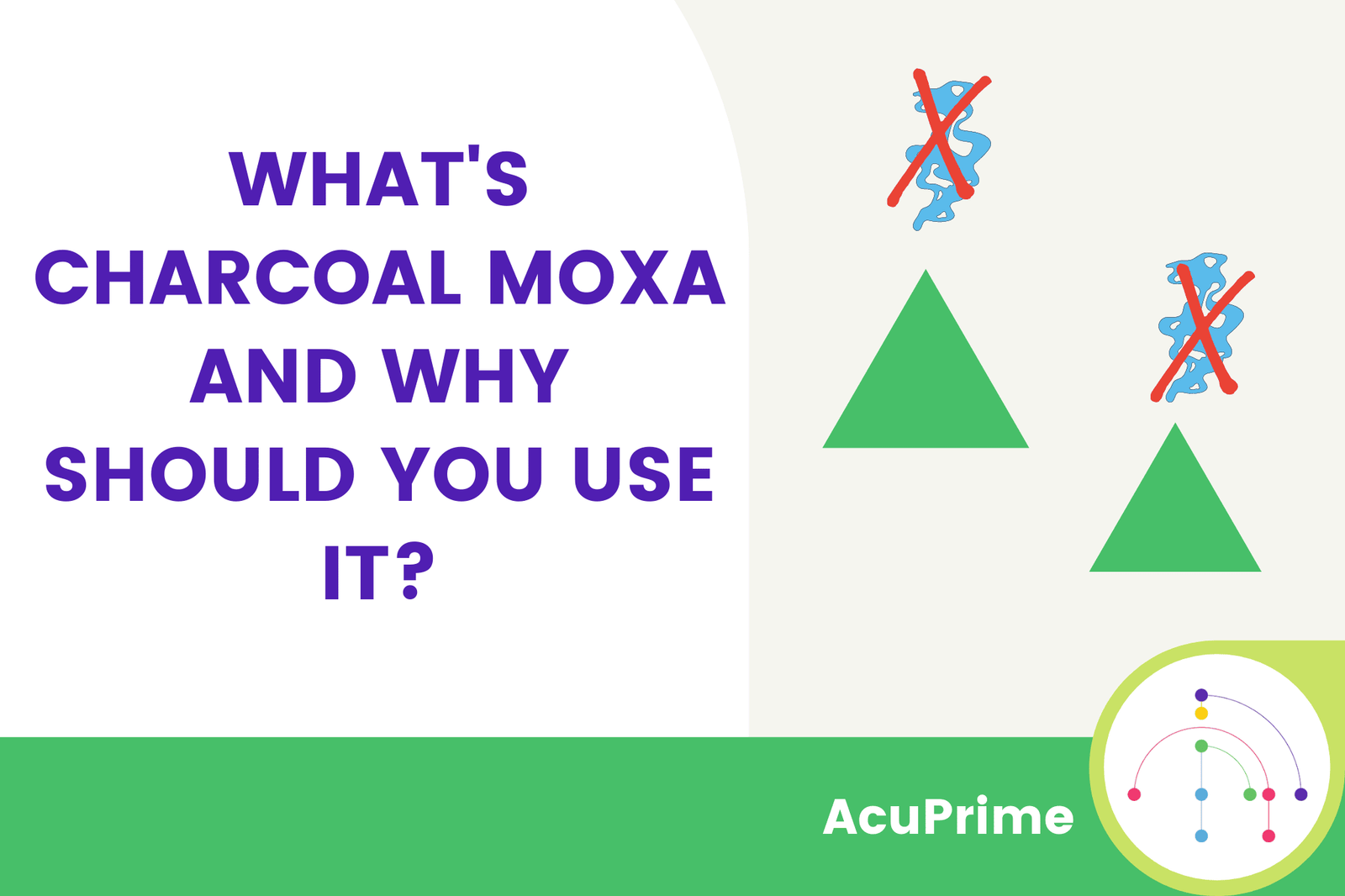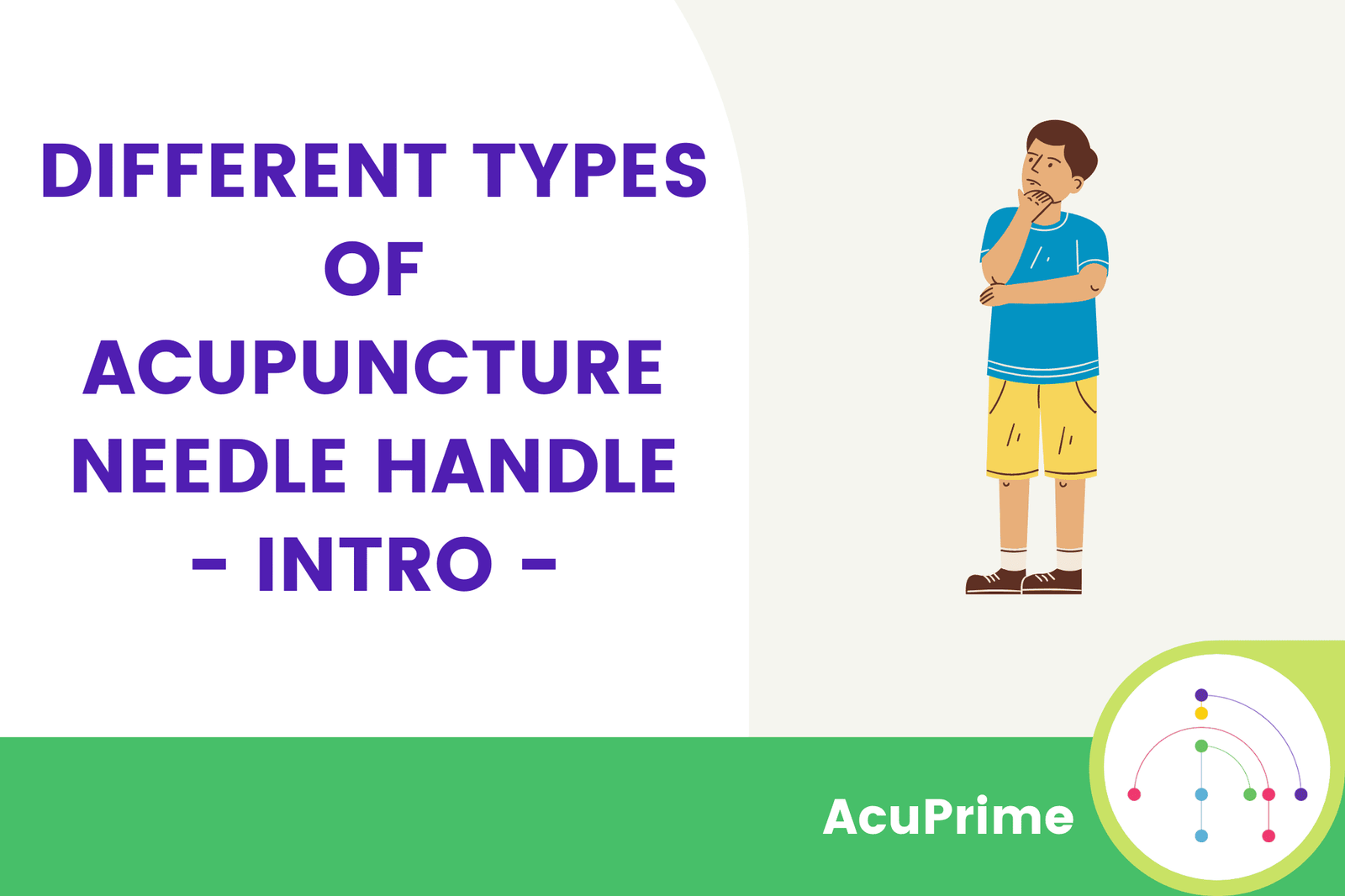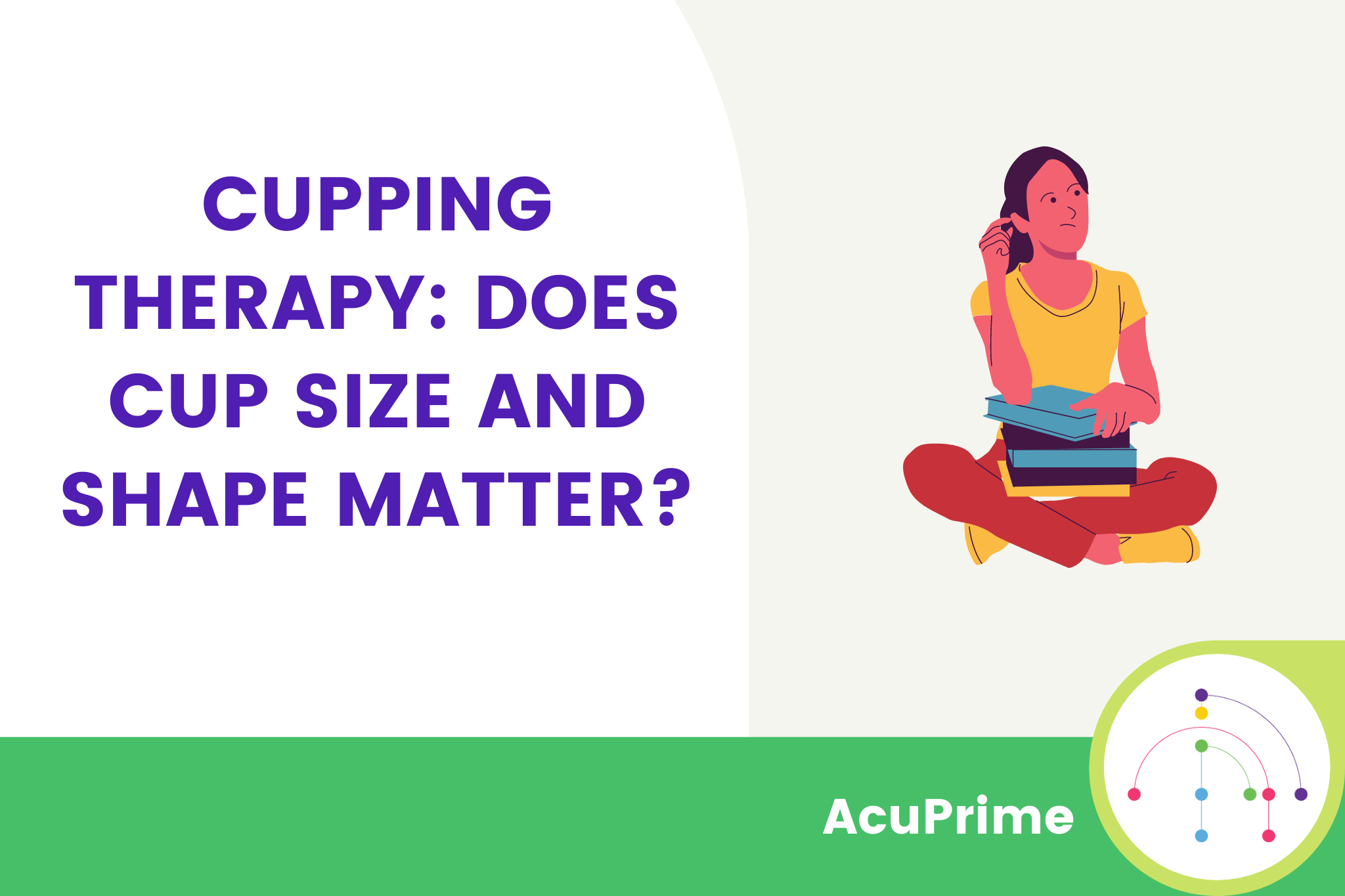Temperature plays an enormous part in how we feel, how our bodies respond to the environment and how we perform in everything from sport to a work meeting. It’s a magnificent feat of evolution that our bodies remain between 36° and 37° C when healthy, dumping excess heat through sweat and reducing blood flow to the skin when cold. Biologists are still learning about ways our bodies use temperature to control even the minutest of function and clearly, temperature change can have a powerful effect.
In sports therapy, temperature has long been used to garner certain effects. When tissue has been injured or agitated, changing its temperature is a common intervention. But how does it work? And which direction does the temperature need to go in for the result you want?
With products like cold and hot sprays both aimed at athletes and issues like back pain, it can get confusing, fast. We’re here to explain a little bit about how temperature therapy works and how to use it for your clients’ needs.
Two types of temperature therapy
There are two types of temperature therapy – thermotherapy (heat) and cryotherapy (cold).
Thermotherapy
Thermotherapy is the application of heat to a specific body part in order to produce a certain biological effect. When heat is applied to the skin, it causes vasodilation and increases the tissue’s ability to stretch.
Heat doesn’t just increase blood flow to the area but increases metabolic rate and decreases pain too. Thermotherapy is usually used to treat pain that isn’t due to inflammation. As the warmth causes muscle relaxation, it can significantly reduce pain caused by stiffness and tension.
Heat packs and therapy is often used for:
- General over-exertion discomfort
- Menstrual cramps
- Muscle cramps
- Non-specific pain
- Lower back pain
Heat is relaxing, comforting and aids circulation which is great for issues mentioned above. There are plenty of situations where heat is the opposite path to take though and this is where cryotherapy comes in.
Cryotherapy
In contrast, cryotherapy is the application of cold to an area, often in the form of ice packs, cold spray and even, in the case of rather enthusiastic pro-athletes, full-on ice baths. Brrrrr.
Most people already know at least one essential use of cryotherapy and have probably undertaken it themselves at some point; putting ice or cold water on a mild burn. The use of cold takes the heat away from the affected area and prevents the deleterious effects of burning.
Our bodies warm up for internal reasons too, where a reduction of temperature is useful to aid recovery. Inflammation is a key situation where cryotherapy is widely used.
A fresh injury will almost always result in inflammation either instantly or at least very quickly. The skin will turn red as blood floods to the area and be sensitive to touch. This inflammation can last for days and be very painful.
Cold and ice constrict the blood vessels (vasoconstriction) and slow down circulation. This reduces swelling and pain, providing fast relief. Cold therapy can be used most effectively in the initial 24 to 48 hours of an injury or sprain. This is when the swelling and inflammation will be at its worst.
In sports therapy, cold packs and sprays can also be effectively used to treat muscles post-workout and minimise the risk of inflammatory pain. This is why elite athletes might lower themselves into an ice bath after a hard training session.
The importance of understanding temperature therapy
Fundamentally, the body is well-equipped to deal with injuries by itself and uses temperature extensively to do so. It doesn’t always put pain reduction at the forefront though and for some chronic pain, external intervention is essential to provide a debilitating amount of pain.
It’s vital for temperature therapy to be used under the guidance of professionals though, as misuse can cause far more harm than good.
Ice sprays are particularly damaging if used incorrectly. Incredibly cold, they numb the skin and are frequently used on acute injuries. They act as instant pain relief but contain hazardous chemicals if overused, used to close to the skin or used on open wounds. They can also be indirectly dangerous, as the patient may miss further injury if the area is numbed.
In contrast, ice packs are much more mistake-proof and don’t use any chemicals directly on the skin. Ice sprays are useful though in the hands of professionals while instant ice packs are another fast and easy way to reduce temperature quickly after a sprain.
Heat therapy used on inflamed skin can also have negative effects and should only be used on skin that is not already too warm.
Getting the right temperature therapy products
Many physiotherapists, masseuses and sports therapists use a range of temperature therapy tools to ease pain and speed up recovery for their clients. If you’re looking for thermo and cryotherapy products, check out our range or get in touch to find out more about what we offer.

